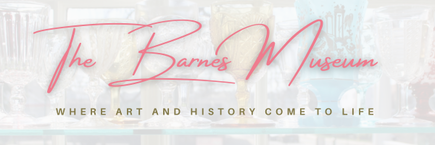Visit UsWednesdays, Thursdays, and Fridays from 1pm - 5pm
Or by Appointment. Last tour begins one hour prior to close. General Admission - $10
Seniors - $8 Students - $5 Members & Children under 5 - FREE |
Visit UsWednesdays, Thursdays, and Fridays from 1pm - 5pm
Or by Appointment. Last tour begins one hour prior to close. General Admission - $10
Seniors - $8 Students - $5 Members & Children under 5 - FREE |
